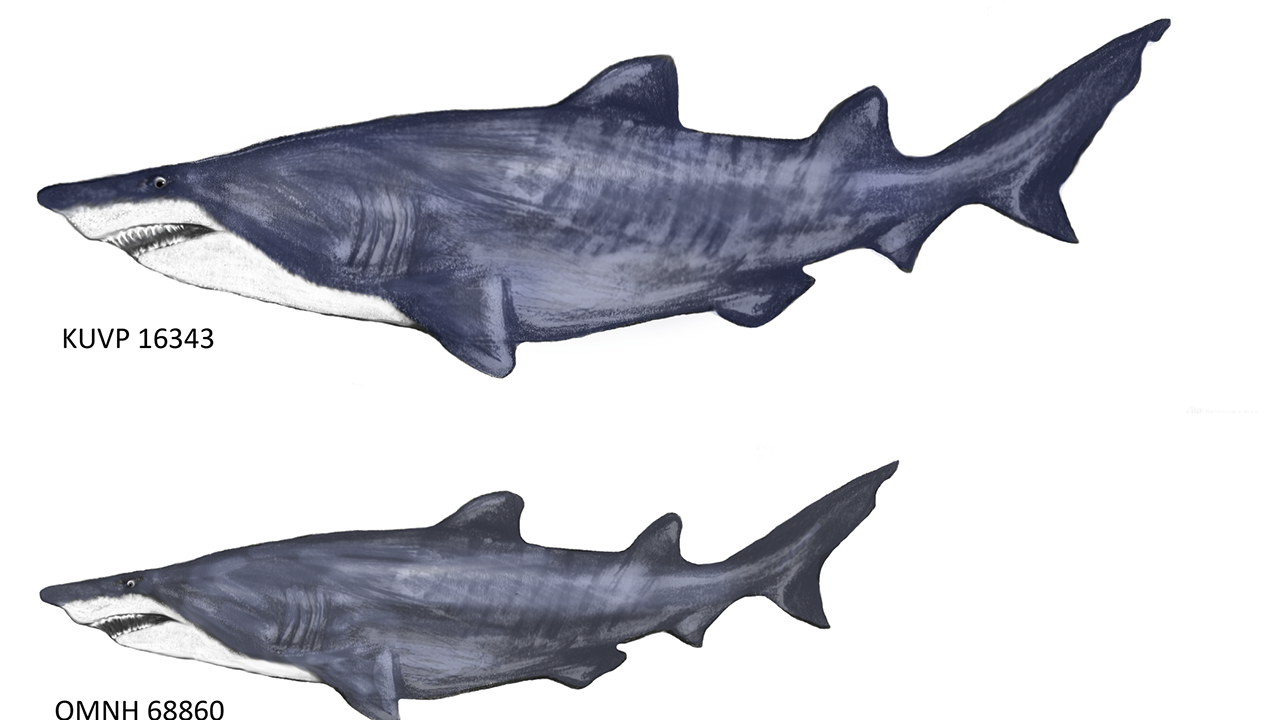Everything has been bigger in Texas since before Texas even existed.
A report published in the journal PLOS One (the only peer-reviewed journal with a name like a graffiti writer) shares results of a study of shark vertebrae found in the Duck Creek Formation, a rocky area outside of Fort Worth. Husband-and-wife paleontology team Joseph Frederickson and Janessa Doucette-Frederickson found the fossils while exploring the area in 2009, and determined that the vertebrae belonged to a 22-foot-long prehistoric shark from the Late Cretaceous period, nearly 100 million years ago.
“This is one of the biggest sharks that ever lived, one of the two or three biggest to swim in the ocean ever,” says Frederickson.
It’s not the largest shark fossil ever found (the largest is a 33-foot specimen from the Kiowa Shale in Kansas), but it’s still Jaws-sized. Modern great whites are around 15 feet long on average.
No teeth were found at the archeological site, so the researchers can’t confirm the species of shark. Vertebrae aren’t as effective at determining species as teeth, but are more effective than teeth at determining length. The largest vertebra is 4 ⅓ inches in diameter.
Frederickson said that this shark’s closest living descendants are sand tiger and goblin sharks. Which means that 100 million years, ago, there were 22-foot-long sharks swimming around that looked like this:
Holy Christ.
(Image: PLOS One)



